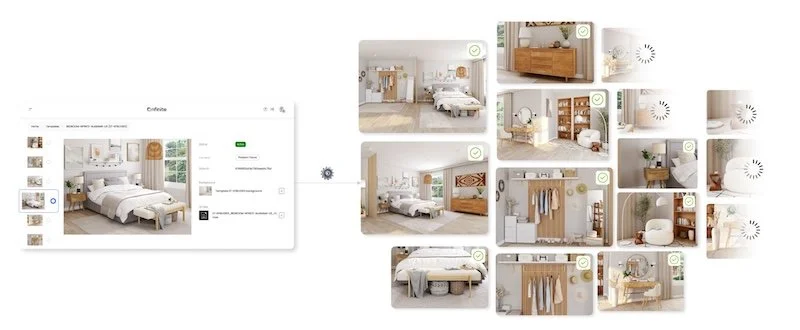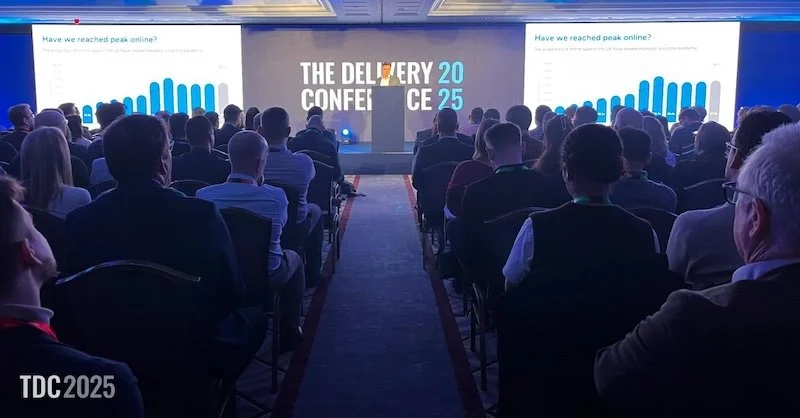HappyOrNot taps artificial intelligence software for Smiley Touch customer feedback terminal update
Instant customer feedback insights company HappyOrNot has announced the launch of an updated version of its Smiley Touch terminal.
Accumulating over a billion feedback responses since its launch, HappyOrNot’s range of smiley faced terminals serve over 4,000 brands in 135 countries including Amazon, Google, Aramark, and Miami Airport.
The new version uses a built in camera system and AI software to unlock and connect in-moment anonymous feedback data with respondent(s) demographic information.
The demographic analysis works by converting and mapping facial features into numerous data points to form a vector. The anonymised vector is then analysed by the AI to estimate the feedback provider’s age and gender - with up to a 95% accuracy rate.
Unlike facial recognition tools, HappyOrNot’s updated terminal does not identify the individual, instead its only purpose is to analyse a silhouetted vector, which is specifically designed to hide the respondent’s identity.
The upgraded terminals have already been adopted by European retail chain XXL Sport & Villmark and Canadian pharmacy chain MacQuarries.
"We know that when it comes to customer loyalty, all it takes is one good or bad experience. Yet, providing a personalised service can be challenging when you have customers ranging from 16 to 80. Adding demographics data will allow businesses to better understand their target markets through the feedback provided by their customers.” says Miika Mäkitalo, CEO at HappyOrNot.
“Our priority has always been to make customer feedback more digestible, and this latest version will go a long way in providing another layer of context for businesses. This new capability is brilliant for our customers, and I’m very pleased that we are the first in the market to deliver this innovation.”
“By combining demographic data with customer satisfaction data, retailers can create a more detailed and nuanced picture of their customers and use this information to make informed business decisions,” says Kenneth Røsseth-Sørensen, Strategy & Business Development at XXL Group.
“For example, a retailer might use this data to identify specific customer segments that are particularly satisfied or dissatisfied with their products or services, and tailor their marketing and customer service strategies accordingly. This can help retailers improve customer loyalty and retention, and ultimately drive sales and revenue.”















Continue reading…